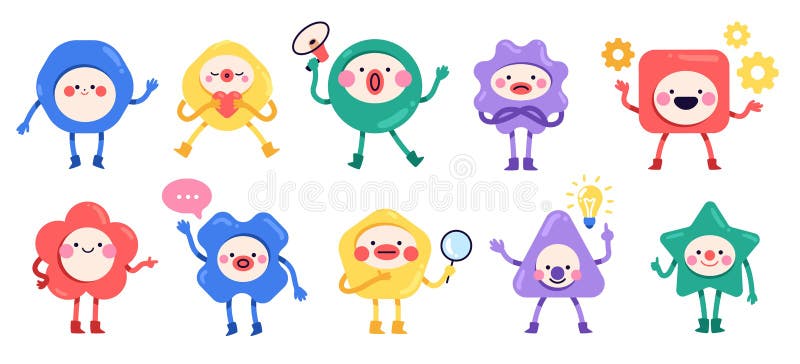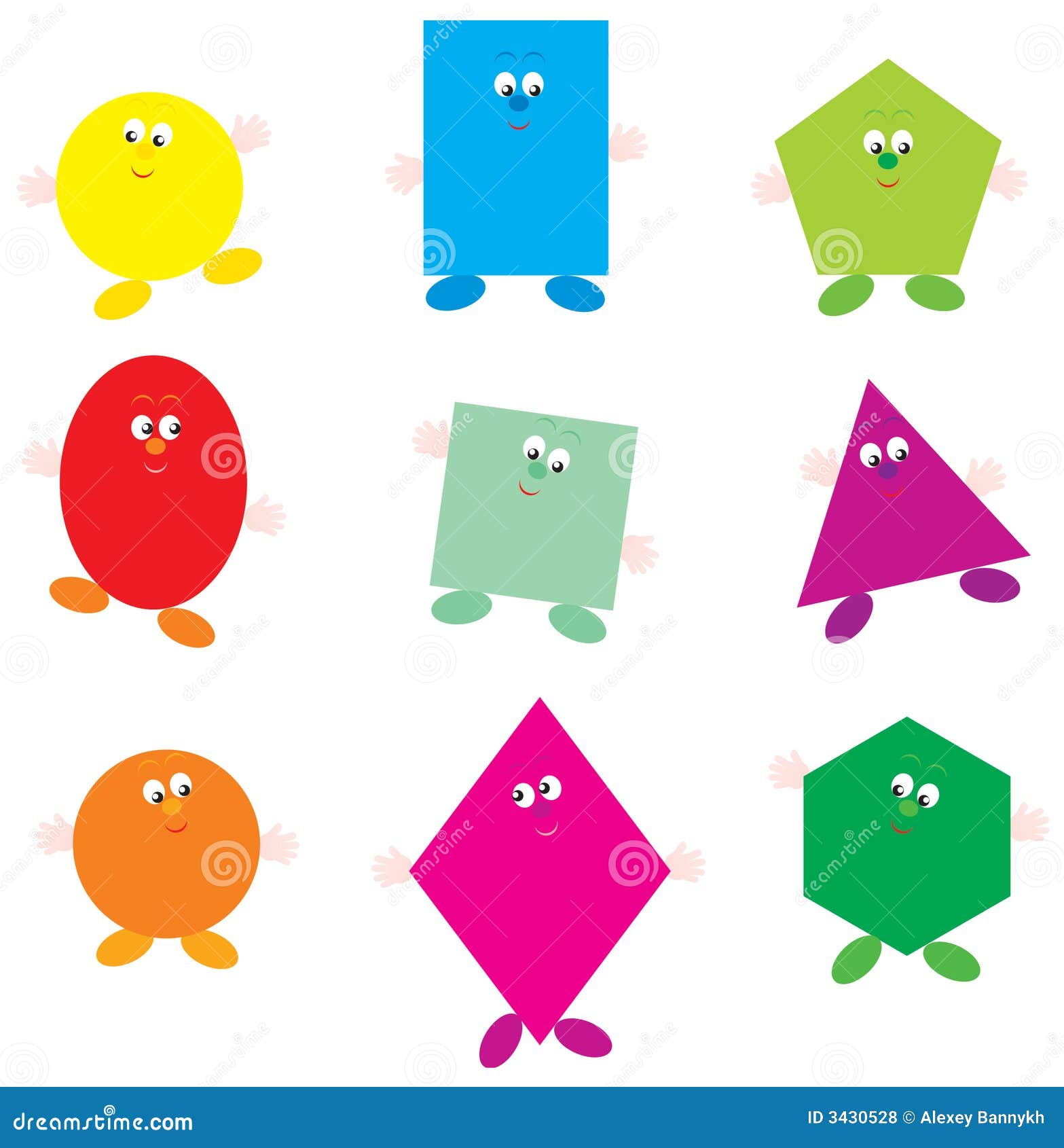
A visual representation of chromatic scale is observable through the color wheel that uses the primary colors. The last is chroma or intensity, distinguishing between strong and weak colors. The next property is value, meaning the lightness or darkness of the hue. The first of the properties is hue, which is the distinguishable color, like red, blue or yellow.

Color is present when light strikes an object and is reflected back into the eye, a reaction to a hue arising in the optic nerve. Color Ĭolor is an element consisting of hues, of which there are three properties: hue, chroma or intensity, and value. Form is often used when referring to physical works of art, like sculptures, as form is connected most closely with those three-dimensional works. These objects include cubes, spheres and cylinders. Form įorm is a three-dimensional object with volume of height, width and depth. Rectilinear shapes are viewed as dependable and more structurally sound, while curvilinear shapes are chaotic and adaptable. Simplistic, geometrical shapes include circles, triangles and squares, and provide a symbolic and synthetic feeling, whereas acute angled shapes with sharp points are perceived as dangerous shapes. There are different types of shapes an artist can use and fall under either geometrical shapes, defined by mathematics, or organic shapes, created by an artist. In animation, shapes are used to give a character a distinct personality and features, with the animator manipulating the shapes to provide new life. Shape Ī shape is a two-dimensional design encased by lines to signify its height and width structure, and can have different values of color used within it to make it appear three-dimensional. Lines are also situational elements, requiring the viewer to have knowledge of the physical world in order to understand their flexibility, rigidity, synthetic nature, or life. There are different types of lines artists may use, including, actual, implied, vertical, horizontal, diagonal and contour lines, which all have different functions. Lines describe an outline, capable of producing texture according to their length and curve. Lines are marks moving in a space between two points whereby a viewer can visualize the stroke movement, direction, and intention based on how the line is oriented. When analyzing these intentionally utilized elements, the viewer is guided towards a deeper understanding of the work. The seven most common elements include line, shape, texture, form, space, color and value, with the additions of mark making, and materiality. In addition, we demonstrate a web-based tool as a practical implication of our work.Stylistic features that are included within an art pieceĮlements of art are stylistic features that are included within an art piece to help the artist communicate. The experimental results show that our system can generate cartoon characters from input layout of geometric shapes. We apply an image-to-image translation technique on our dataset and report the results in this paper.


For this purpose, we created a dataset of geometrically represented cartoon characters. Mickey Mouse) depending on the given approximation. circles) and generate a cartoon figure (i.e. In this paper, we develop a tool - shape2toon - that aims to automate this approach by utilizing a generative adversarial network which combines geometric primitives (i.e.
#CARTOON CHARACTER USING GEOMETRICAL SHAPES HOW TO#
This technique is very beneficial for children in terms of teaching them how to draw cartoons. Numerous tutorials are available that demonstrate how to draw figures using an appropriate arrangement of fundamental shapes, thus assisting us in creating cartoon characters. The key motivation behind this technique is that human bodies - as well as cartoon figures - can be split down into various basic geometric primitives. Though drawing a cartoon is not for everyone, creating it using an arrangement of basic geometric primitives that approximates that character is a fairly frequent technique in art. Cartoons are an important part of our entertainment culture.


 0 kommentar(er)
0 kommentar(er)
